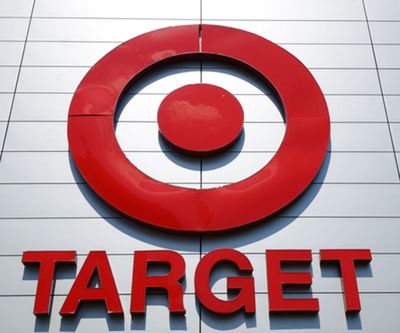Target launches ‘tween’ brand in time for back-to-school rush

MINNEAPOLIS – Can it be that the July Fourth holiday is a distant memory already?
In the zeitgeist of the retail world, at least, families across America now are shifting their attention to backpacks, dorm decor and new outfits for fall.
Back-to-school shopping ranks as the retail industry’s second-biggest sales season after the November-December holidays. This year, consumers are expected to spend an average of $519 per child, according to research released this week from Deloitte. Sales of electronics are expected to jump almost 30%.
Target Corp. on Saturday rolled out a new owned-brand line of clothing, electronics and school supplies aimed at 9- to 13-year-old girls and strategically timed the launch during the back-to-school season.
The assortment, marketed under the name More than Magic, is the first multiproduct category line that Target both owns and designed from the ground up.
With 500 items under $30, it includes apparel, jewelry, journals and accessories such as small bags and hair brushes with positive messages such as “Dream big” or “You don’t have to be perfect to be amazing.” It also includes paraben-free makeup and volume-limiting headphones.
Back-to-school is a key season for retailers to go after the emerging Gen Z demographic, which some estimates say influences about $600 billion of family spending.
Amazon.com’s Prime Day sales event has become an unofficial kickoff to the back-to-school shopping season. This year it runs Monday and Tuesday for members of the retailer’s $119-a-year subscription service.
Retailers of all stripes, including Minneapolis-based Target, have jumped in, announcing their own online sales and promotions.
Shoppers say they will visit an average of 11 online retailers during the Prime event, according to a survey of 1,000 parents by the web coupon company RetailMeNot.
Total back-to-school sales are estimated to reach $27.8 billion, according to Deloitte. Mass merchandisers, such as Target and Walmart, are expected to be a top destination. Nearly 90% of parents of K-12 students said they planned to visit a mass merchandiser because of its one-stop shopping, the Deloitte report said.
Walmart will host wellness events to help families get their children immunized, and is throwing a party for educators with cake, beverages and a gift bag of school supplies and coupons.
Richfield-based Best Buy Co. Inc. also ramps up with special deals for back-to-school on such things as laptops, printers and dorm-room essentials such as small refrigerators and televisions.vThis year it is mailing its first back-to-school catalog.
Target’s move to grab back-to-school shoppers with its new line for girls comes at a time when many mall-based specialty stores that have served “tweens” – those between the ages of child and teenager – are shuttering or recalibrating.
“This is an opportunity for Target to bring new relevance and a new pair of eyes to a demographic you could say now from all the retail attrition is truly underserved and is having to rely on legacy players with outdated ideas about what this customer wants,” said Carol Spieckerman, a retail and brand marketing expert.
Charming Charlie is the most recent player to fall on hard times, declaring bankruptcy on Thursday with plans to close all 261 stores, including at least three in Minnesota. Claire’s boutique, hit by declines in mall traffic, filed for bankruptcy in March 2018 and closed more than 90 stores before getting an infusion of private equity before last year’s holiday season.
Abercrombie & Fitch is struggling to create a new identity, leaving those younger shoppers to turn to discounters such as Five Below and T.J. Maxx for inexpensive gifts, jewelry, makeup and tchotchkes.
Families with “tweens” represent about 10% of Target customers, and they spend more than the average shopper, said Jill Sando, the retailer’s senior vice president and merchandise manager.
But until now Target has lacked a focused offering for this demographic, she said.
The retailer has an established owned brand for babies called Cloud Island, which it launched a little more than two years ago. Its kids clothing brand, Cat & Jack, was an instant hit in 2016 and now is a multibillion business. And Target said its year-old Wild Fable successfully serves the juniors market.
“We had a bit of a gap there for that ‘tween’ guest,” Sando said. “We want to ensure we are offering a steady slate of options throughout our guests’ lifestyle.”
The company spent about a year bringing the More than Magic line to market, and it is one of more than two dozen owned or exclusive brands it has added since 2017.
Target can position itself as a “better option” than current players that are having success with the younger Gen Z market, Spieckerman said.
“Target sees a void in the market of addressing the full spectrum of desires of that customer,” she said. “They’re saying, ‘We’re going to be a destination, not an accidental business.’ Given what’s happening in the market, they have a real opportunity to take a big piece of the pie.”